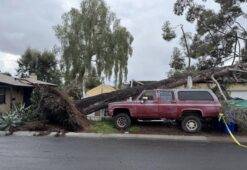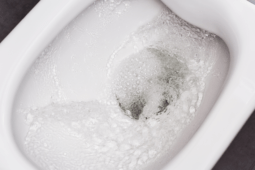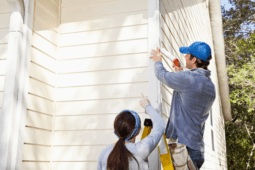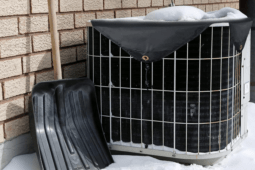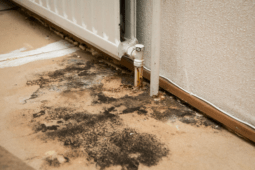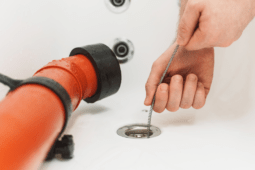The Best Firewoods For Your Indoor Fireplace
Staying warm in the winter, or just enjoying sitting by the fire at night means you need the right wood. Burning wood leaves a residue, some will burn hotter than others, some will last longer, and some just smell nicer. There’s a lot that changes when you’re lighting a fire with different kinds of wood.
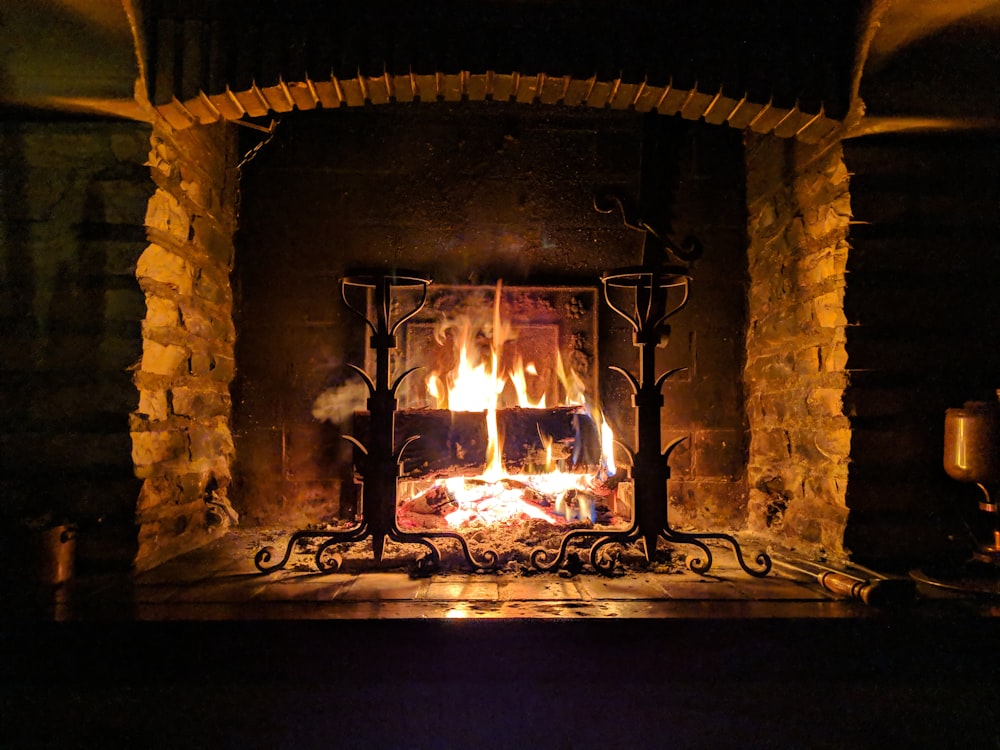
If you want to take the best care possible of your fireplace, you’ll need to get the right kind of wood to avoid a huge build-up of creosote. Creosote can lead to a hazardous condition and is the main culprit behind deadly chimney fires. Just because all wood burns, doesn’t mean it won’t all burn the same. To help you get a cleaner and more efficient fire this winter, we’ve gathered all of the best woods for a fireplace right here for you to start chopping down.
Best Woods for a Fireplace
There are essentially two different types of wood out there. You have hardwood and softwood, but so many more species into each category. It can be hard to tell which is which if you don’t already know, and there’s definitely a reason to burn each type.
Hardwood
Hardwoods are overall the best wood to burn in your fireplace. They burn hotter, slower, and cleaner than softwoods, making them the top pick. Just like everything else that’s the “best”, hardwood is also much more expensive. If you’re cutting your own trees, find hardwood, but if budget is on your mind it may be more difficult to find.
Hardwoods have less sap and resin, which makes cleaning your fireplace much easier when the time comes. The lack of sap and resin makes these woods much harder to ignite, but if you build a proper fire, you’ll have no trouble. The lack of sap and resin also means they smoke less, so you won’t have as much creosote buildup.
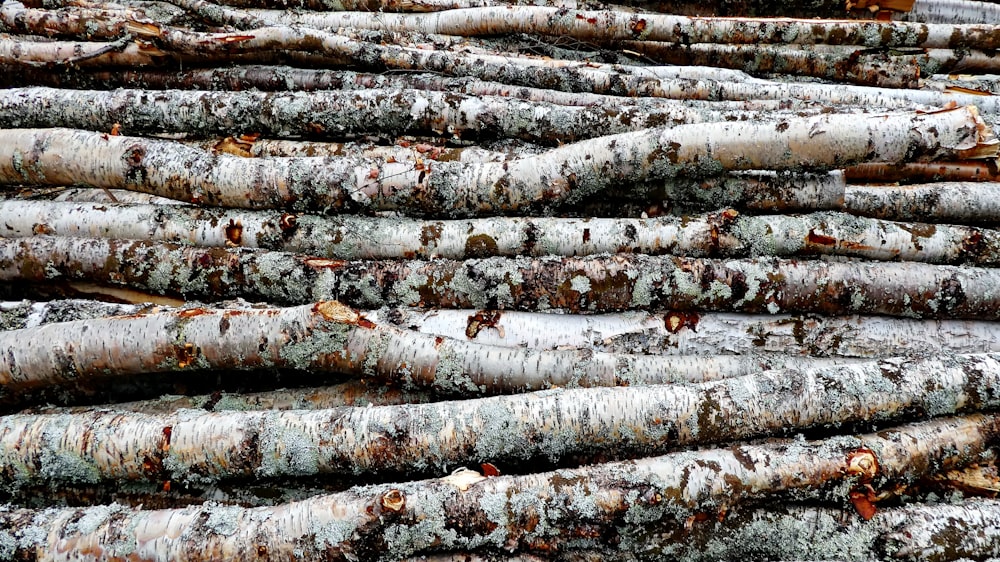
Maple, oak, ash, birch, and most fruit trees are the best hardwood that you’re going to find. Surprisingly, applewood is the most efficient-burning wood that you can find out there. Other high-efficiency trees include red oak, ironwood, white oak, maple, and hickory.
Softwood
Looking for budget firewood means looking for softwood. Softwoods include fir, pine, spruce, cedar, alder, tamarack, poplar, and balsam. Fir is the best option out of these because the others tend to lead to a lot more buildup of creosote. They’re messier to handle, burn faster, but are a whole lot cheaper.
Green Wood vs Old Wood
Green wood? No good.
When a tree gets cut down, it’s considered “green” until it’s fully dried out. Most wood that’s good for burning is seasoned or dried, for a year or more. This ensures that most of the water leaves the wood, as more water means more smoke.
Burning green wood can also be difficult. Since it has so much more water in it, you’re trying to light water on fire. Typically, that doesn’t go over too well. It can be a romanticized idea to walk out into the forest, chop a tree down, and carry it straight inside to burn. In reality, you’re preparing wood for next year when you cut down a tree.
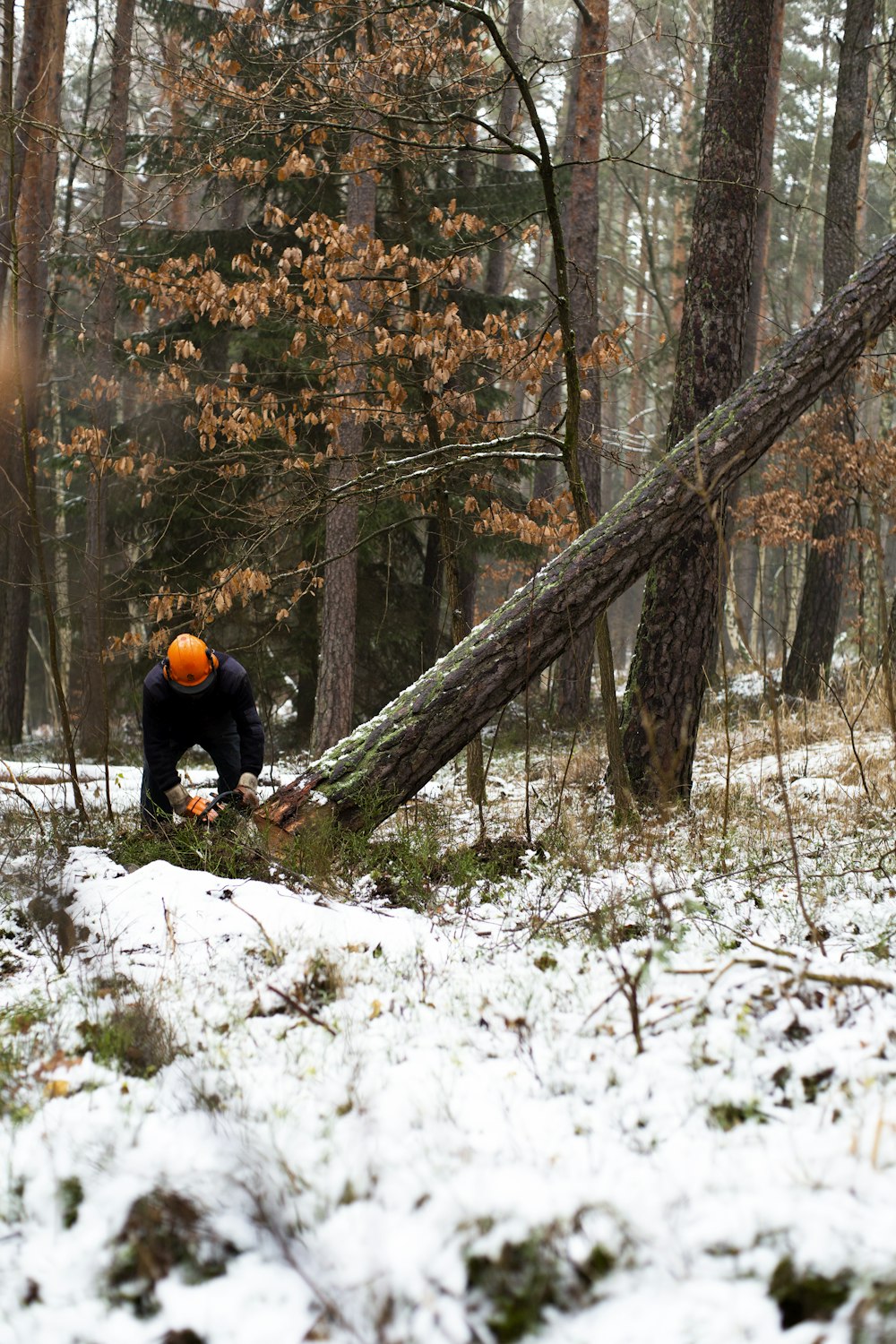
The prime moisture content is around 15-25%. So now you’re asking how you measure moisture content. You can weigh it and do the math, but mostly you just want to season your wood for at least a year.
Let it dry. Rotate your firewood stock so the old stuff gets used first and doesn’t rot away at the bottom of the pile. It takes a minute to get things going, but then you’ll have a great supply ready at all times.
What to Avoid
On the other side of the best woods for a fireplace, there’s also the worst woods for a fireplace. It can be tempting to toss your scrap pile straight into the fire, but it can be even more dangerous.

A lot of wood used for construction is treated with chemicals to prevent mildew over time, and when these woods are burnt, hazardous fumes come out. These fumes will be bad for you and for the environment when they pump out of your chimney.
Woods to avoid include:
- Pressure-treated lumber
- Painted or varnished wood scraps
- Driftwood
- Plywood, particleboard, MDF
- Compressed paper products such as hardboard
Final Thoughts
To sum it all up, the best wood to burn is seasoned hardwood that hasn’t been treated in any way. You want to look for woods like oak, apple, ash, or birch to get the best fire in your fireplace, with the lowest emissions. Out of these, oak will be the easiest to find as apples rarely grow in the wild, ash trees are dying out, and birches are slightly less common than oak.
The right firewood is going to make your winter easier and ensure that you do less maintenance and have a much safer system on your hands. Don’t skimp on firewood because it can keep you, and your family, safe.


